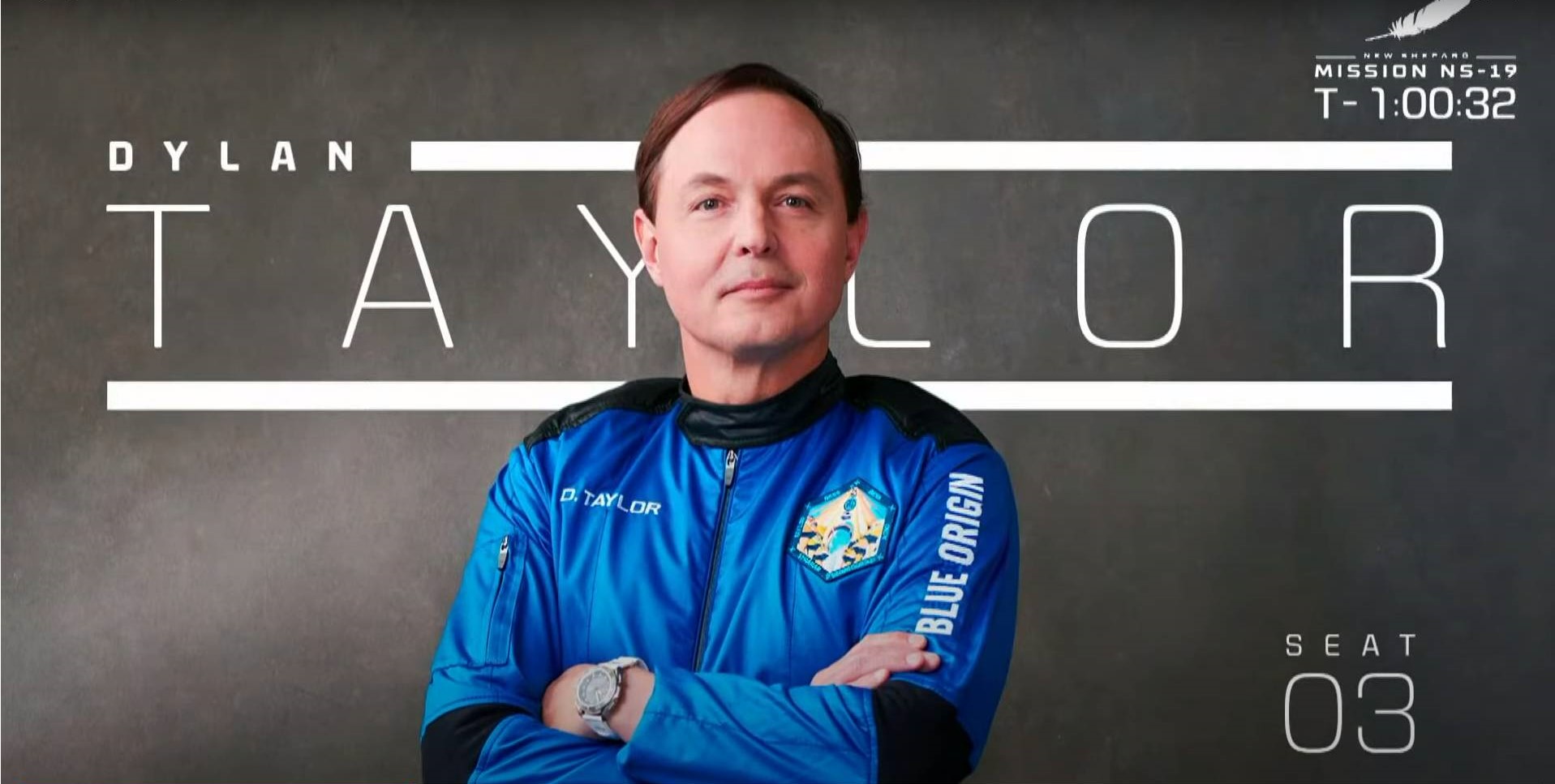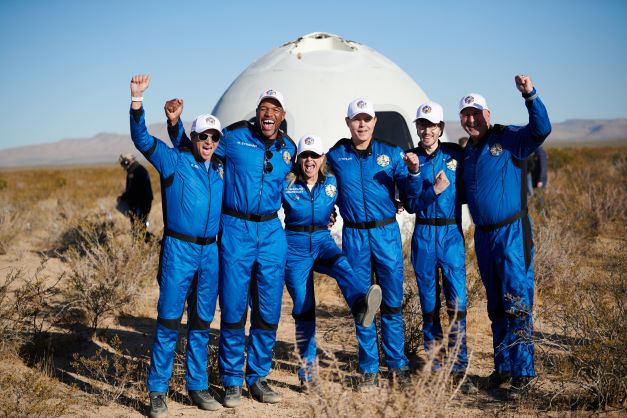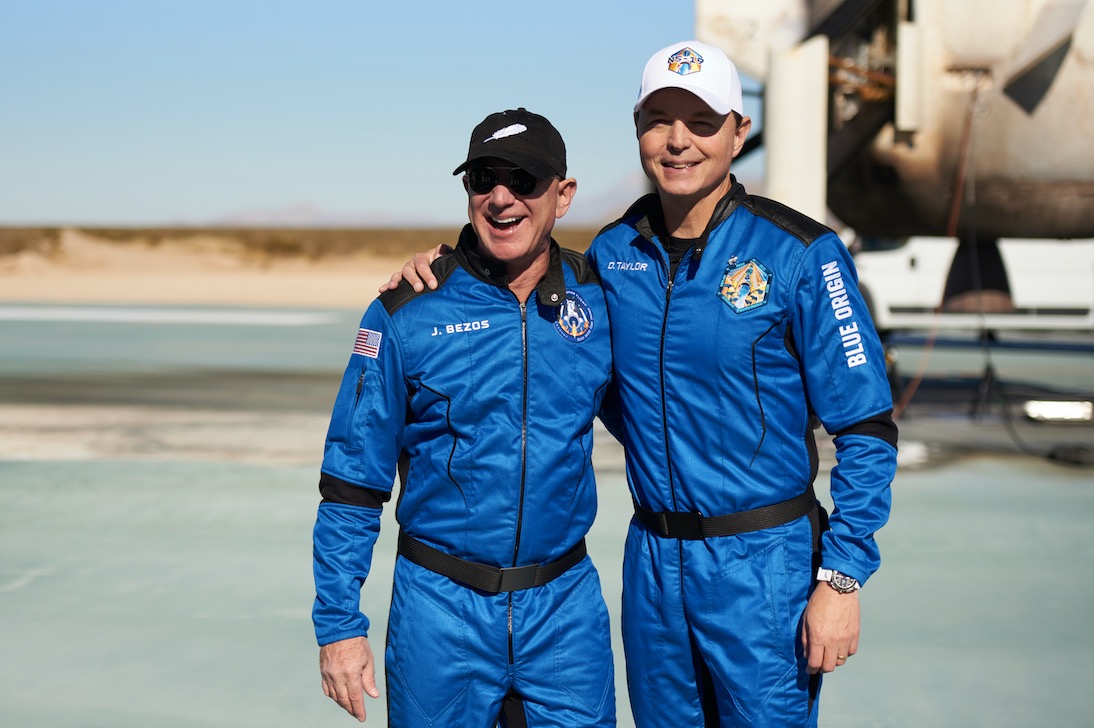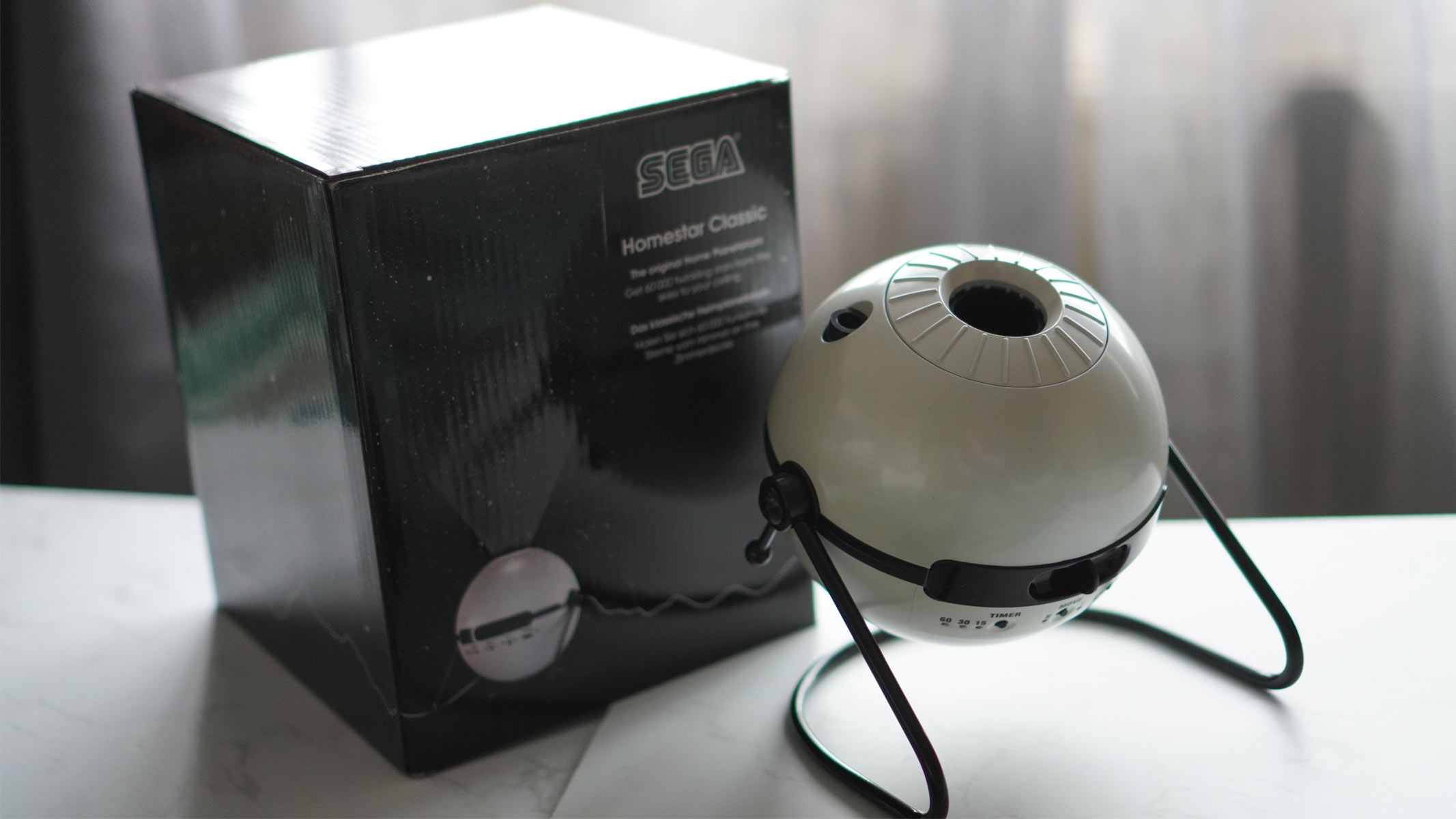
Launching with Blue Origin: Q&A with spaceflight veteran Dylan Taylor
"Looking out the window, I think I said, 'Oh my god … oh my god!' It literally took my breath away."

Dylan Taylor is a "space angel," an investor in NewSpace, and in December he reached a new career high — literally. He flew aboard Blue Origin's New Shepard suborbital spacecraft on its NS-19 mission.
That mission, which took place on Dec. 11, was Blue Origin's third human spaceflight but its first to carry six passengers. (The two previous crewed flights featured four passengers.)
Along with Taylor, the crew included Blue Origin guest Laura Shepard Churchley, whose father, Alan Shepard, was the first American to travel into space and the namesake for the New Shepard vehicle. Also flying that day as a guest was Michael Strahan, a Hall of Fame former New York Giants defensive end as well as a co-anchor of Good Morning America and an analyst for Fox NFL Sunday.
The "pay-per-view" passengers were Taylor, investor Evan Dick, Cameron Bess and Bess' father, high-tech venture capitalist Lane Bess, the founder of Bess Ventures.
"Yes, I would go again in a heartbeat," Taylor told Space.com. He shared his high-flying, space traveling perceptions in an exclusive interview.
In photos: Blue Origin's 1st New Shepard passenger launch with Jeff Bezos
Space.com: Did the flight meet your expectations?
Get the Space.com Newsletter
Breaking space news, the latest updates on rocket launches, skywatching events and more!
Dylan Taylor: It exceeded expectations by a high measure … the entire week leading up to the flight, the training and just the experience of preparing for the flight and getting to know the crew. But the actual flight was mind-blowing. It was far more significant than I could have ever imagined.
Space.com: Did you feel that the week of training was adequate?
Dylan Taylor: I'd give it a 10 out of 10. Basically, it's more or less a week of training. They train you on all the different systems and what to expect. But where it really shines are the simulations. You learn what's going to happen, when it's going to happen, what sequence it's going to occur and also what it is going to sound like … and what nominal is. They throw everything at you.
Space.com: Including an abort?
Dylan Taylor: Oh yes. Every kind of crazy scenario that you can think of you have trained for. Like putting on an oxygen mask, or opening the capsule door. It might be evacuating. Even walking up the steps to New Shepard and ringing the bell. We practiced and practiced. So by the time you get to the actual launch day, your brain is telling you that this is totally routine.

Space.com: Sitting there ready for liftoff, any anxiety?
Dylan Taylor: You think you'd be scared or nervous … or thinking to yourself, What am I doing? That was opposite for me. I was concerned weather-wise or otherwise that we would have to abort the mission. That's what I was nervous about, because I'm so excited to go. It's all about flying.
Space.com: You were on the first six-person flight of New Shepard. Was the experience diminished because of the number of passengers?
Dylan Taylor: I think it was enhanced. By the way, we named ourselves "The Original Six." Personally, you have a great chemistry with six people, a little bit of a tribe or a little cohort. It's such a profound experience. It really creates some very deep bonds. We are still talking daily, now a month after the flight.
There's plenty of room in that capsule. And you've got that third dimension when you are in zero-g. We all had what's called a zero-g plan. We all coordinated what each of us was going to do and when.
Related: Weightlessness and its effect on astronauts

Space.com: And what was your zero-g plan?
Dylan Taylor: My zero-g plan was to go to the window and invert upside down. That's actually what I did. I spent the entire time in zero-g upside down at the window, which was amazing.
Space.com: Did you experience a one-on-one psychological impact — perhaps the "overview effect" — by looking out that window?
Dylan Taylor: Yes, no question about it. Looking out the window, I think I said, "Oh my god … oh my god!" It literally took my breath away. I gasped. It's a feeling. I know it has been said so many times before, but I never understood it. You have to have the experience. It is so much more profound than it sounds.
Space.com: What was that view like for you?
Dylan Taylor: Because I was upside down — I did that because if you're right side up your brain interprets up and down, even though there is no up and down because you're in zero-g. I wanted to make sure my brain didn't process orientation. Also the way the windows slope down, the chair is not in your field of view when you're upside down. There's nothing below you, other than the seal that slopes away. What it looked like to me was that I'm hovering over the Earth with the horizon just beneath me and there's nothing else in my field of view. It was unreal.

Space.com: "Star Trek" actor William Shatner flew prior to your flight, seeing blue Earth, but likened space to death. Did you feel the same?
Dylan Taylor: Shatner is an artist. He's got access to a whole pallet of expression and words that I don't have. I think that's why his words were so beautiful, honestly. I've been thinking about space my whole life, but I never thought of the atmosphere as a "blue comforter," as he called it. Everybody is describing the same experience, but based upon their background, their culture, their education.
My impression looking out the window from up there — you think to yourself that this is the natural state of things … cold, dark, desolate, and the exception is what we call the natural world. Everyone thinks the exact opposite. They think that the Earth is natural and space is abstract. It's completely the opposite. What hit me is that you are on the other side of this door. We are just so vulnerable and so fragile. The atmosphere is so faint and shockingly thin. It's literally just a whisper.
Space.com: Critics of space tourism see it as a millionaire/billionaire elitist undertaking. What's your outlook?
Dylan Taylor: The people who draw attention to the income inequality of the world, I agree with them. Where I disagree is the solution. I think space is a tool for transformation. We can better address some of our problems on Earth, and I think space is the way forward. It not only inspires the next generation, it provides some hope in the world.
I disagree with those that think space tourism is a foolhardy, rich person's joyride and escape from Earth. That's a little bit of a false narrative. For people who say we have problems here on Earth, I say you're right. But to me, space is one of the ways we do better.
Photos: The first space tourists
Space.com: How did you grapple with the risk of the flight? Moreover, how about your family?
Dylan Taylor: I knew it was safe. If I didn't think it was safe I wouldn't have gone. But for my family, my wife, my daughters, I wanted to make sure that everyone was onboard. I have been working on my wife for 10-plus years. Her whole argument was, Let's wait until our daughters are out of high school. One is just a senior this year, so I jumped the gun a little bit. But, frankly, I didn't think I was going to fly this early. It was one of those things where I just weighed the pros and the cons. In my mind it was a once-in-a-lifetime opportunity, a lifelong dream. I just couldn't imagine saying no to it, frankly.
It was the best week of my life, hands-down. I say that unequivocally.
Space.com: You are founder and chairman of the board at Space for Humanity, as well as chairman and CEO of Voyager Space Holdings. As a space entrepreneur and looking into 2022, what do you sense are milestones coming up?
Dylan Taylor: It's more space tourism, another banner year. But I think the pivot in the industry that I see is really towards infrastructure in space. We need more destinations, more infrastructure on orbit. I think that's the next trend. I see 2022 being the year of seeds of space infrastructure. I believe that's where the industry is going right now. I just want to get as many people up there as we can and build more infrastructure in space so the people have places to go.
Leonard David is author of the book "Moon Rush: The New Space Race," published by National Geographic in May 2019. A longtime writer for Space.com, David has been reporting on the space industry for more than five decades.
Follow us on Twitter @Spacedotcom or on Facebook.
Join our Space Forums to keep talking space on the latest missions, night sky and more! And if you have a news tip, correction or comment, let us know at: community@space.com.

Leonard David is an award-winning space journalist who has been reporting on space activities for more than 50 years. Currently writing as Space.com's Space Insider Columnist among his other projects, Leonard has authored numerous books on space exploration, Mars missions and more, with his latest being "Moon Rush: The New Space Race" published in 2019 by National Geographic. He also wrote "Mars: Our Future on the Red Planet" released in 2016 by National Geographic. Leonard has served as a correspondent for SpaceNews, Scientific American and Aerospace America for the AIAA. He has received many awards, including the first Ordway Award for Sustained Excellence in Spaceflight History in 2015 at the AAS Wernher von Braun Memorial Symposium. You can find out Leonard's latest project at his website and on Twitter.
